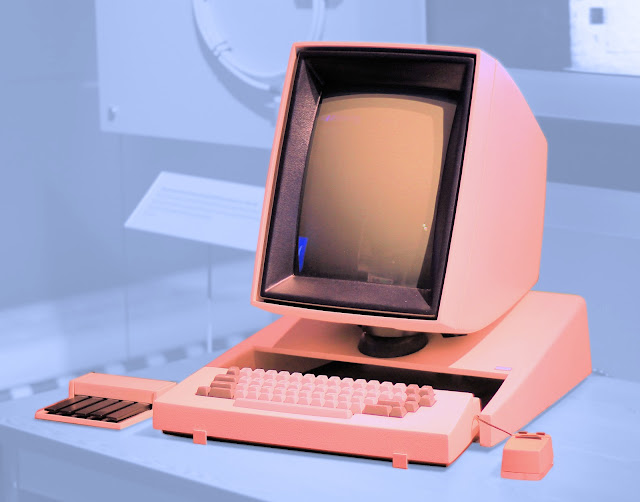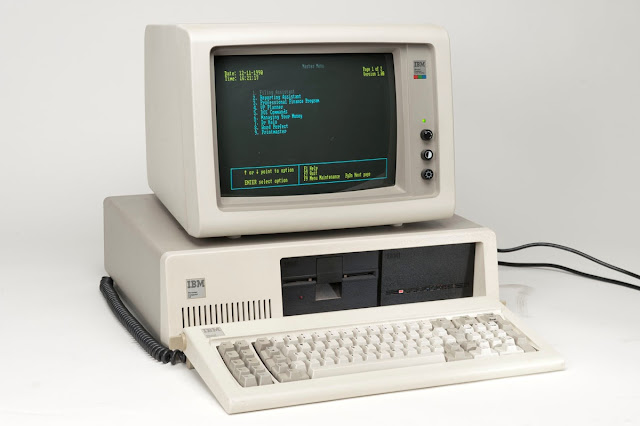Introduced March 1983
The Camputers Lynx was a British home computer released in March 1983, slotting into the category of 1980s microcomputers which were pretty good, but not good enough to succeed. The Lynx was a relative powerful computer that boasted some impressive specifications for its time, but it failed to gain widespread popularity due to various factors, including its relatively high price and the dominance of the Sinclair ZX Spectrum and Commodore 64 in the UK home computer market.
 |
| Camputers Lynx |
The Lynx was designed and manufactured by Camputers Ltd, a UK-based company that was founded in 1976 by a group of computer enthusiasts. The Lynx was the company's first and only product, and it was initially launched as a business computer. However, it was later marketed as a home computer to compete with the best-selling Spectrum and other similar computers.
Inside was a Zilog Z80 processor, which was a popular choice for home computers in the 1980s. The computer had 48KB of RAM (eventually expandable to 192 KB), plus 32KB of ROM with the operating system and BASIC interpreter. The 256 x 248 8-colour display was impressive for the time, but the Lynx’s graphics were conversely extremely slow. Audio capabilities were better than the Spectrum, but not as good as the BBC Micro or Commodore 64.
Undoubtedly, the Lynx was a good-looking machine. It was potentially a more professional system than the Spectrum, and it showed great promise overall but despite significant efforts to market the machine and many upgrades and relaunches, it probably only sold in the tens of thousands – almost all of them in the UK.
The reasons for the failure of the Lynx were also common to other rival systems. The home computer market of the 1980s was becoming very crowded, and the Lynx just didn’t have the software it needed, which combined with the quirky video meant that it wasn’t quite good enough to be a major player.
Camputers quickly failed as a business, going bust in 1984. A subsequent takeover and more than one relaunch attempt also came to nothing. Subsequently the Lynx became something of a cult system, with models in good working condition selling for hundreds of pounds.
It was a good system with its own strengths and weaknesses, but it wasn’t a GREAT system and some of its competitors were. Like the Dragon 32, it might have been a success in different circumstances. In the end it ended up on the heap of “might have been” computers that characterised the early 1980s market.
Image credit:
Retro-activity via Wikimedia Commons - CC BY-SA 3.0



